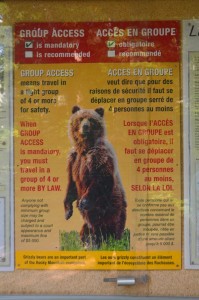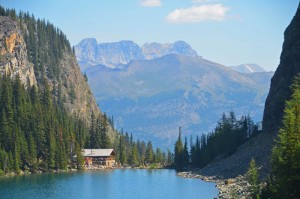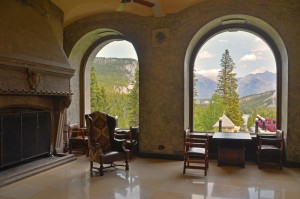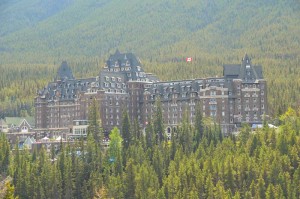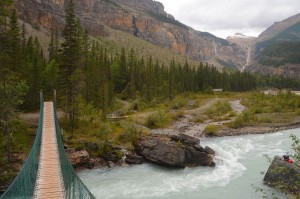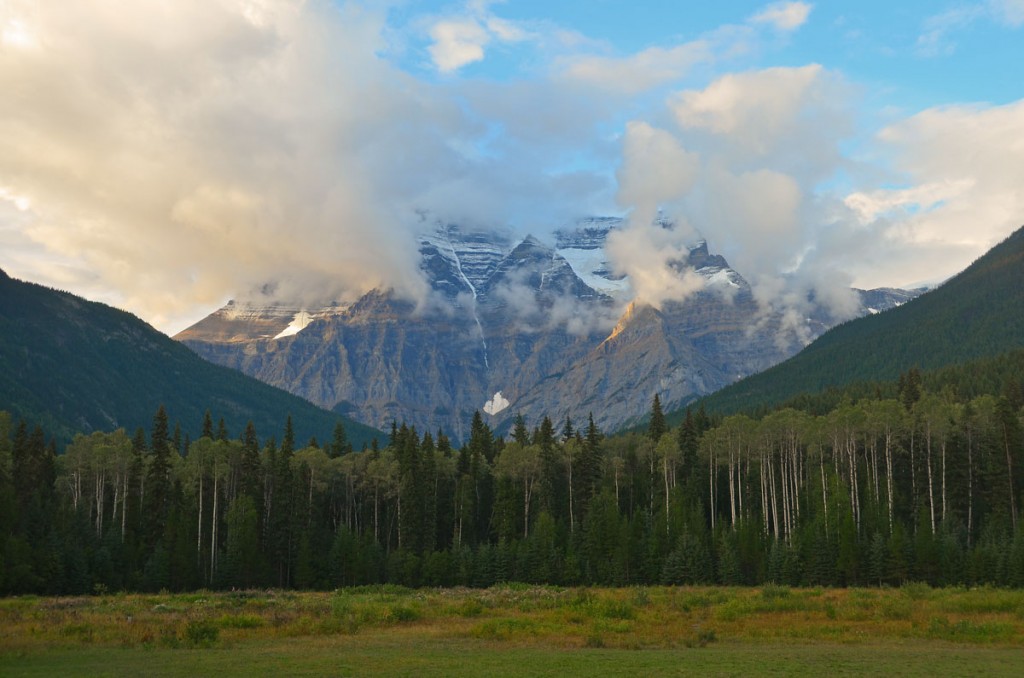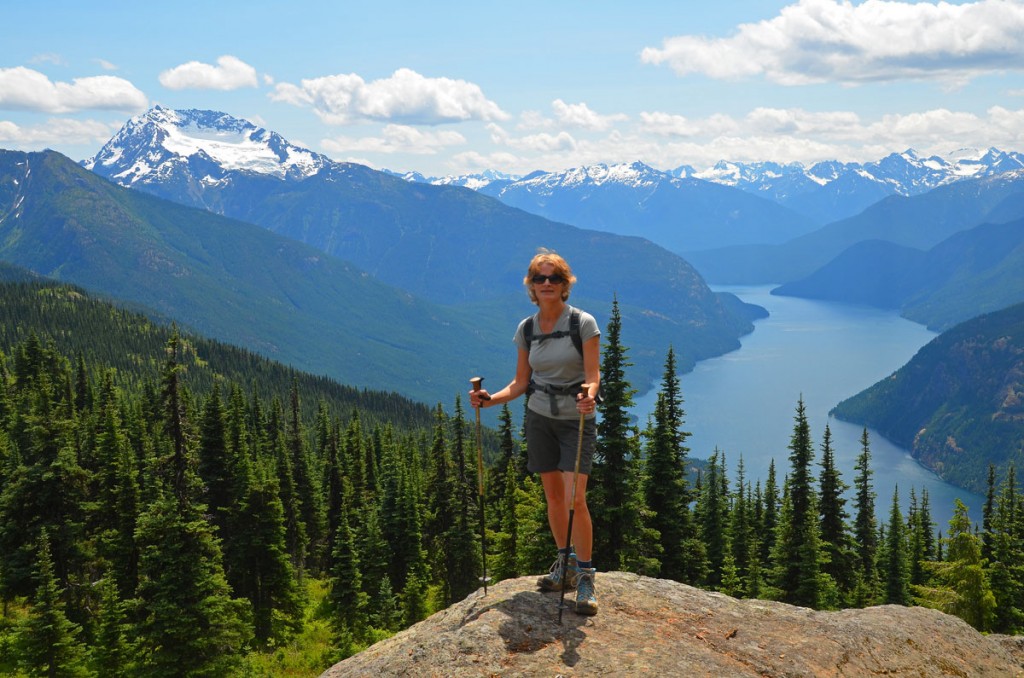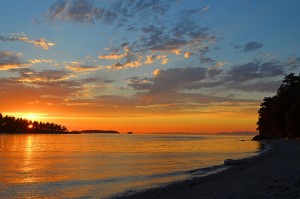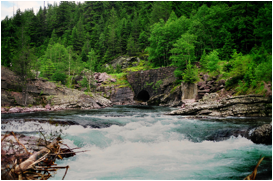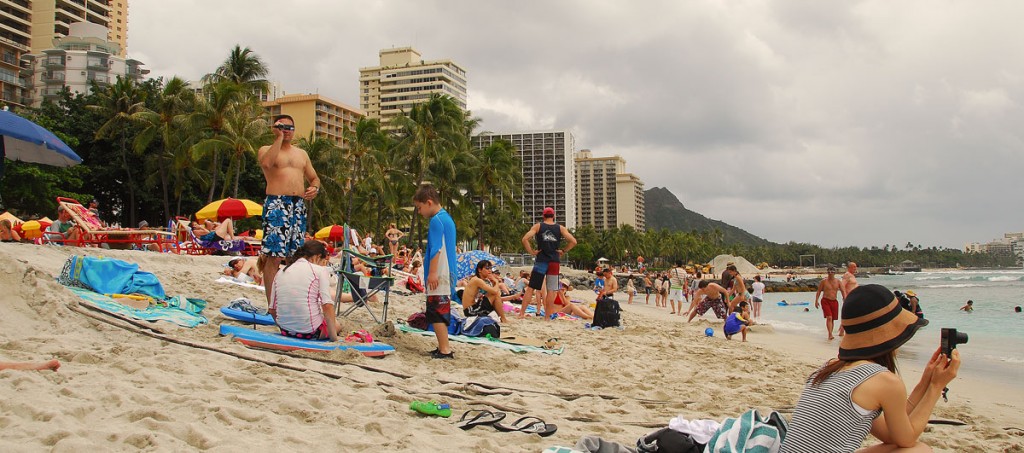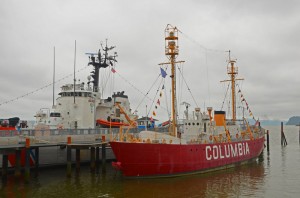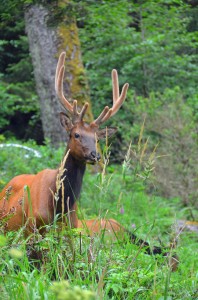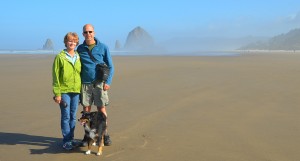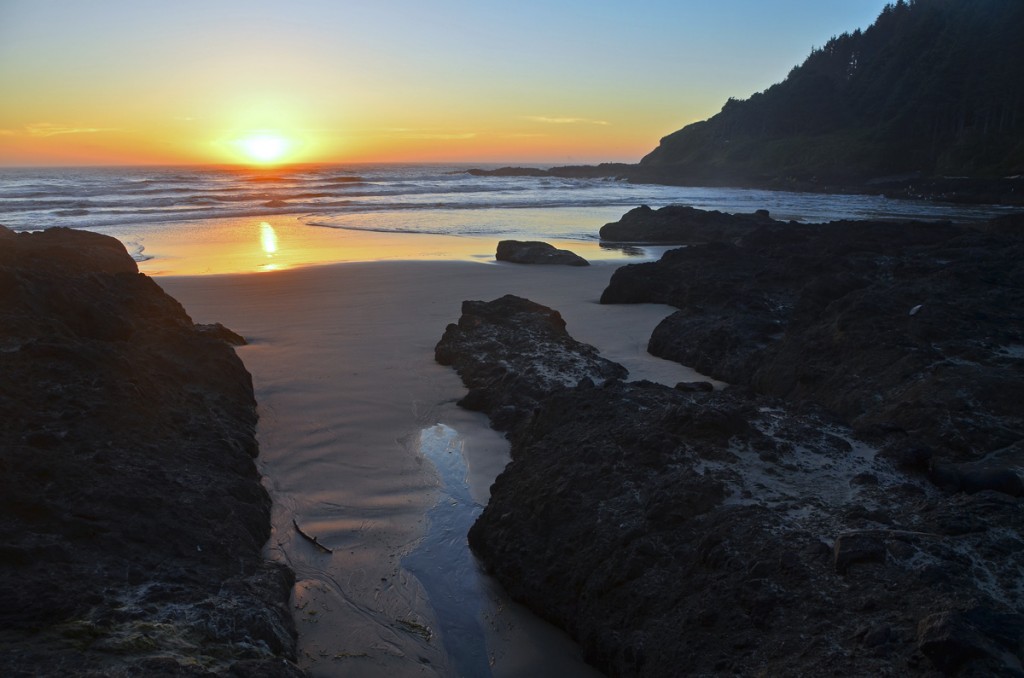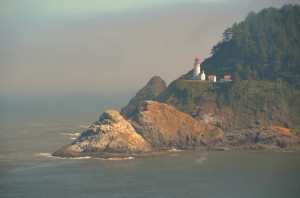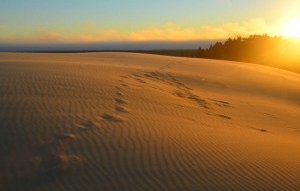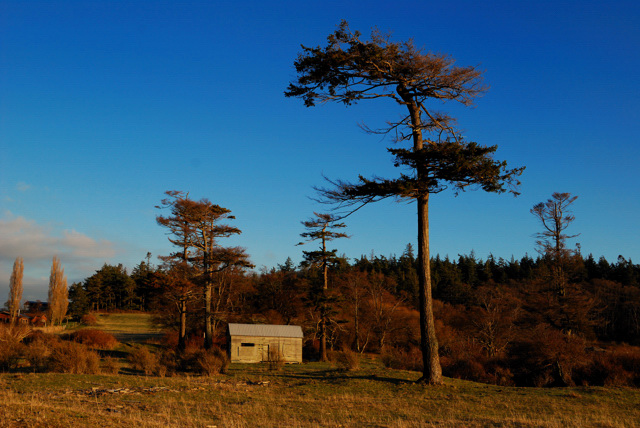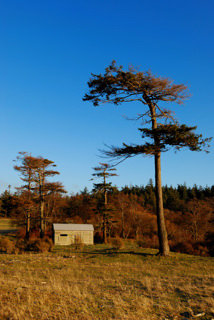Psychics, Channelers, Mediums, and You
According to a June 2005 Gallup poll, 41% of people believe in extrasensory perception (ESP), and only 9% believe in channeling. To me, it’s amazing those numbers are so low, when I’ve had many experiences myself and seen ample evidence in favor of psychic abilities. At one time, I was skeptical took, but a series of events led me to visit a psychic, Jill Miller with Simply Spirit. I was so wowed by her reading that I ended up training with her for over a year. In the process, I became absolutely convinced that psychic phenomenon is real. I also opened to the possibility that plenty of other things I had been skeptical about may be true too. In the course of psychic work, it became clear that we do reincarnate and spend time in heaven between lives, that there are a vast variety of spiritual beings (angels, spirit guides, deceased loved ones, and many more), and that there is life on many planets throughout our universe.
If all of this is true, does that mean we should trust everything we hear from psychics and believe all channeled information? Of course not! One of the wonderful things about developing your psychic abilities is that you can access your own information regarding what to believe and what not to believe. I’ve read many fascinating books and blogs by a variety of psychics and channelers. Often, when I’m done, I’ll do my own psychic reading regarding the validity of the information. Sometimes what I get is that, “yes, that amazing information is almost all true.” Sometimes, the message I receive is that there is an awful lot of inaccuracies amongst what I read.
Does that mean these people are liars? Most of the time, I think these people have good intentions, but they may let their own biases or desires get in the way. I’m quite sure that I’m guilty of that at times too. Accuracy can vary, depending on the person and on whether or not they’re really connecting that day. For most of us, accessing psychic abilities isn’t like having someone hand you a typed page of paper in easy to read 12 point font. It’s more like carrying on a conversation on a windy beach, from 10 feet away. Sometimes you clearly hear what the other person is saying. Other times, you may have heard they said one thing, when actually, they said something else. If it’s regarding an issue that is important to you, you might decide to believe they said whatever it is you wish they had said.
Does this mean you should quit having conversations on the beach or that you should ignore psychic information? Of course not! Even though it’s not perfect, I have found psychic abilities to be the best source of information for many decisions. It’s a wonderful way to gain insight in personal situations, to get spiritual direction, and it’s a way to stay in contact with loved ones on the other side. I generally find psychic information to be more accurate than economists and meteorologists, and I still listen to them.
Psychic Example
A friend and I recently hiked up Sourdough Mountain (10 miles and 4870 feet of elevation gain) and descended what felt to me like a torturous pace. My male ego made me hesitant to complain. By the time we were half way down, my left knee was in agony, and my pace slowed to a crawl. I started to wonder if I could make it back to the car. We came across two young women in their 20’s with a husky puppy. One of the girls wore a knee brace and noticed how badly I was limping. She insisted that I needed the brace more than she did. The brace made the rest of the descent much more tolerable. The two women reached their car shortly after we did, and their car turned out to be parked right behind ours. When I went to return the brace, she offered me some Tylenol, which also helped immensely.
On the way home, my friend commented that she must be some kind of “trail angel.” He may not have been referring to anything spiritual, but his comment got me thinking in that direction. While meditating, a few days later, I asked one of my spirit guides if he had sent that young women to help with my knee. He let me know it was Wolf, my totem animal, and mentioned the wolf-like husky puppy was intended to be a clue. It hadn’t occurred to me at the time, but it made perfect sense. Psychic reading often gives you “ah ha” moments. Next, I contacted Wolf. He confirmed that he had sent her and let me know that he’s always there to support me. This very reassuring message was accompanied by an image of me leaning on him as I made my way down the trail.
Who Do You Trust?
First off, I’ll tell you who not to trust. There are people in positions of power that would like to keep us in the dark regarding psychic abilities and a whole variety of other subjects. If we all used our psychic abilities, we’d see right through their lies. They’ve helped to establish an atmosphere of denial and ridicule regarding topics like psychic abilities, aliens, the spirit world, etc. So, don’t trust the people that tell you there is no such thing as psychic abilities. Psychic abilities are very real, and someday I think we’ll conclude that we spent far too much time in the dark.
As to psychics, channelers, and the wealth of information that is too “out there” for many people. My opinion and experience is that some of it’s true, some of it is inaccurate, and much of it is quite fascinating. I read a lot of interesting stuff, like these books, Stillness in the Storm, and Messages from Matthew. As for how much you should believe, the best decision is one you make yourself. Developing and relying on your own psychic abilities is one of the best ways to make better decisions. If you care to develop your psychic abilities, here is a simple place to start or consider my book, Simple Meditation.



